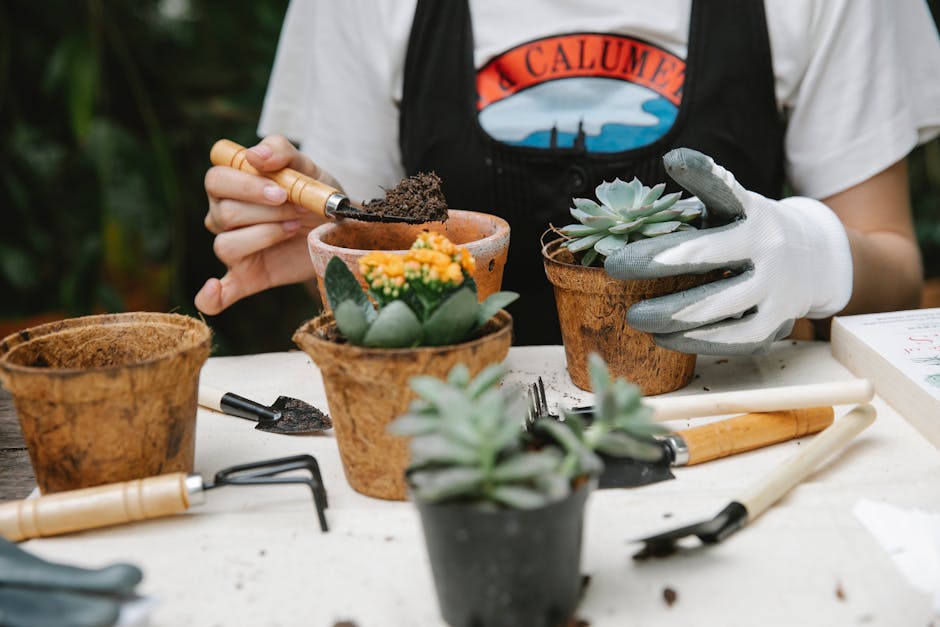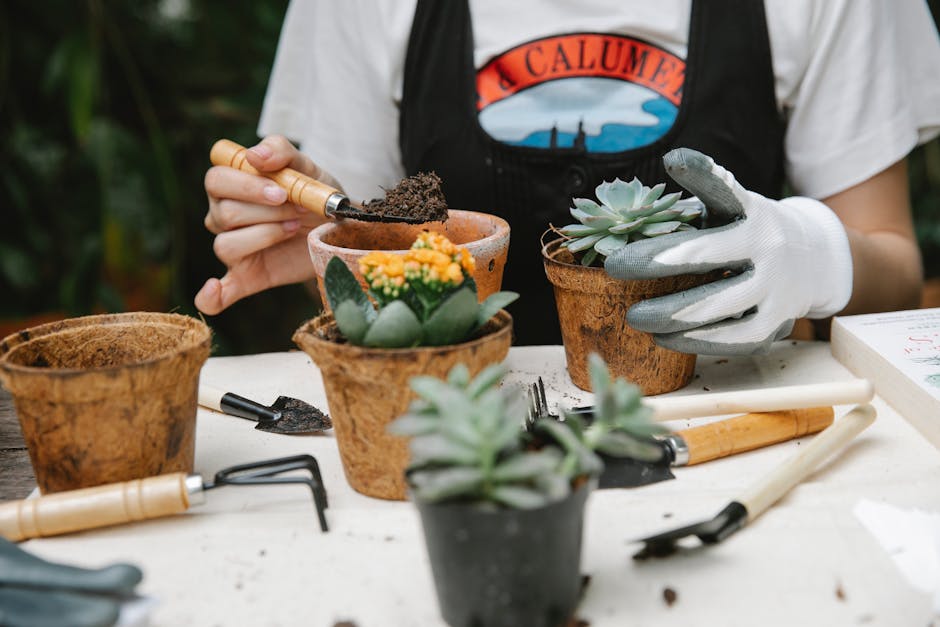The Ultimate Guide to Hydrangeas in Pots: Soil and Fertilizer for Vibrant Blooms

Hydrangeas are a garden favorite, known for their large, vibrant blooms that add a splash of color to any outdoor space. But did you know that these beautiful plants can also thrive in pots? With the right soil and fertilizer, you can enjoy the stunning beauty of hydrangeas right on your patio or balcony.
Firstly, let’s talk about soil. Hydrangeas prefer well-draining soil, which is crucial when growing them in pots. The reason for this is simple: hydrangeas don’t like to have “wet feet.” In other words, they don’t do well in waterlogged soil. So, when choosing a potting mix for your hydrangeas, look for one that is specifically designed to drain well.
But drainage isn’t the only thing to consider when it comes to soil. Hydrangeas also need soil that is rich in organic matter. This is because organic matter helps to retain moisture in the soil, which hydrangeas love. It also provides essential nutrients that hydrangeas need to grow and bloom. So, in addition to a well-draining potting mix, consider adding some compost or well-rotted manure to your pot. This will not only enrich the soil but also improve its structure, making it easier for the hydrangea’s roots to grow.
Now, let’s move on to fertilizer. Hydrangeas are heavy feeders, which means they need a lot of nutrients to produce those big, beautiful blooms. A slow-release, balanced fertilizer is a great choice for hydrangeas. Look for a fertilizer with a ratio of nitrogen, phosphorus, and potassium that is close to even, such as a 10-10-10 or 14-14-14.
When it comes to applying fertilizer, timing is everything. The best time to fertilize hydrangeas is in the early spring, just as they’re starting to put out new growth. This gives the plants a boost of nutrients right when they need it most. But be careful not to overdo it. Too much fertilizer can lead to leafy growth at the expense of blooms. A good rule of thumb is to apply fertilizer once in the spring and again in mid-summer.
One more thing to keep in mind is the pH of your soil. The pH level can affect the color of your hydrangea blooms. For example, in acidic soil (pH below 7), hydrangeas will produce blue flowers, while in alkaline soil (pH above 7), the flowers will be pink. If you want to change the color of your hydrangea blooms, you can adjust the pH of your soil by adding sulfur to make it more acidic or lime to make it more alkaline.
In conclusion, growing hydrangeas in pots is not only possible but can be incredibly rewarding. With the right soil and fertilizer, you can enjoy vibrant, show-stopping blooms right on your patio or balcony. So why not give it a try? With a little bit of care and attention, you can create a stunning display of potted hydrangeas that will be the envy of all your neighbors.

